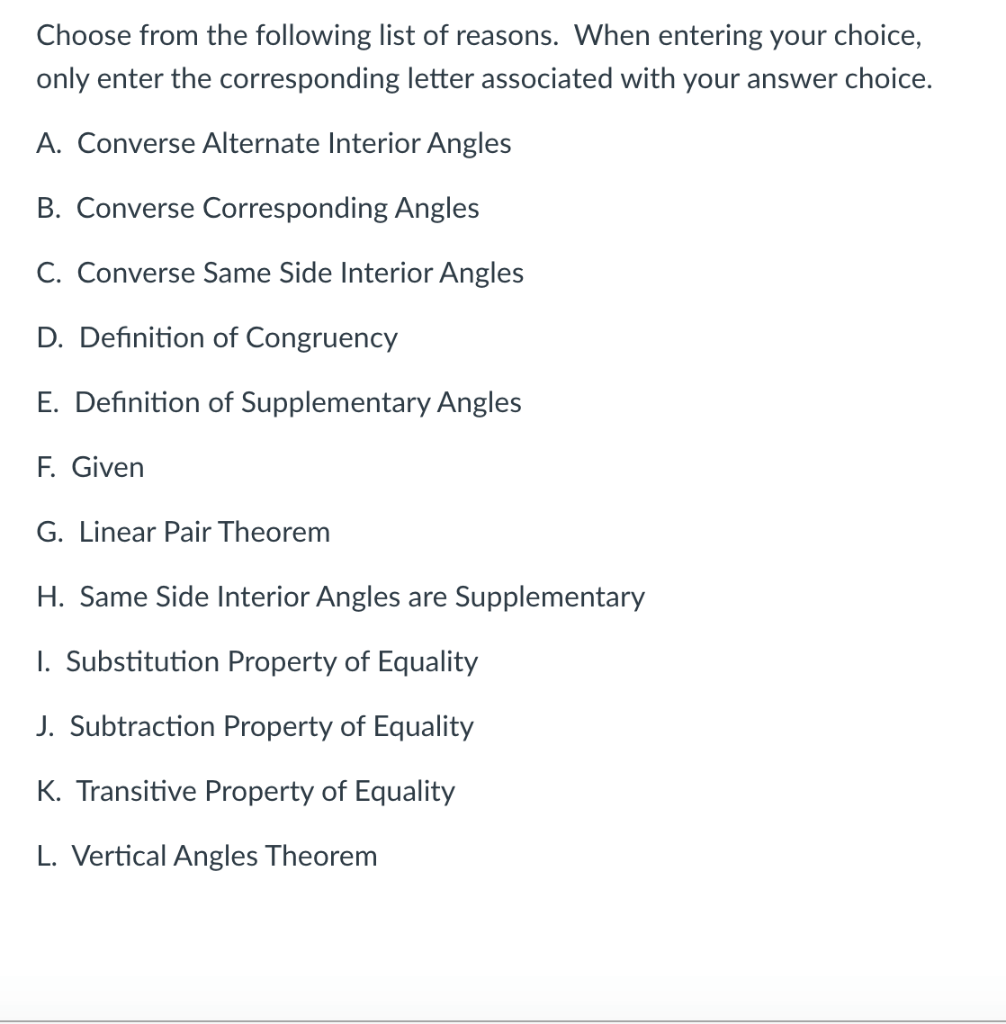Two Lines That Intersect To Form Right Angles
Two Lines That Intersect To Form Right Angles - These angles share a vertex at the point of intersection and point in opposite directions, facing. Students will first learn about perpendicular lines as part of geometry in 4th grade. When two lines intersect, they create a set of angles known as vertical angles. Two lines intersecting at a right angle are often depicted as a horizontal line and a vertical line. And perpendicular line segments also intersect at a 90 o (right) angle. Two lines in the same plane are perpendicular if and only if they form a right angle. If the lines are parallel, \(\theta = 0\) and \({m_1}.
When two lines intersect, they form four angles. Finding an intersection in geometry requires understanding the angles and shapes that result from different types of line intersections. Two intersecting lines form four angles and two pairs. If the lines are parallel, \(\theta = 0\) and \({m_1}.
Two lines in the same plane are perpendicular if and only if they form a right angle. And perpendicular line segments also intersect at a 90 o (right) angle. Perpendicular lines are two lines that intersect each other at a right angle. Intersecting lines are when two or more lines cross each other in a plane at a crossroads. If the lines are parallel, \(\theta = 0\) and \({m_1}. For instance, intersecting two perpendicular lines will.
Intersecting lines are when two or more lines cross each other in a plane at a crossroads. There is one common point that lies on both lines, which is called the point of intersection. Each pair of angles opposite each other are vertical angles, so this statement is true. Perpendicular lines are two lines that intersect each other at a right angle. These angles share a vertex at the point of intersection and point in opposite directions, facing.
Perpendicular lines are lines that intersect to form 90∘ 90∘ angles (right. Parallel lines are lines that never intersect, and they form the same angle when they cross another line. This means that the equations are equal. Perpendicular lines are two straight lines that intersect and form right angles.
Perpendicular Lines Are Lines That Intersect To Form 90∘ 90∘ Angles (Right.
Perpendicular lines are two straight lines that intersect and form right angles. Two lines in the same plane are perpendicular if and only if they form a right angle. Perpendicular lines (or segments) actually form four right angles, even if only one of the right angles is. In this article, we learnt about intersecting lines, angles formed by them, parallel lines, and the point of intersection.
Two Intersecting Lines Form Four Angles And Two Pairs.
Two lines are parallel if the angle between them is 0 and two lines are perpendicular when the angle between them is a right angle. When two lines intersect, they form four angles. Finding an intersection in geometry requires understanding the angles and shapes that result from different types of line intersections. And perpendicular line segments also intersect at a 90 o (right) angle.
Students Will First Learn About Perpendicular Lines As Part Of Geometry In 4Th Grade.
At the intersection, \(x\) and \(y\) have the same value for each equation. To find the intersection of two lines, you first need the equation for each line. Intersecting lines are when two or more lines cross each other in a plane at a crossroads. There is one common point that lies on both lines, which is called the point of intersection.
Two Lines Intersecting At A Right Angle Are Often Depicted As A Horizontal Line And A Vertical Line.
Perpendicular lines are two lines that intersect each other at a right angle. When two lines intersect, they create a set of angles known as vertical angles. This means that the equations are equal. For instance, intersecting two perpendicular lines will.
Perpendicular lines are two straight lines that intersect and form right angles. Perpendicular lines are lines that intersect to form 90∘ 90∘ angles (right. Parallel lines are lines that never intersect, and they form the same angle when they cross another line. To find the intersection of two lines, you first need the equation for each line. Each pair of angles opposite each other are vertical angles, so this statement is true.






